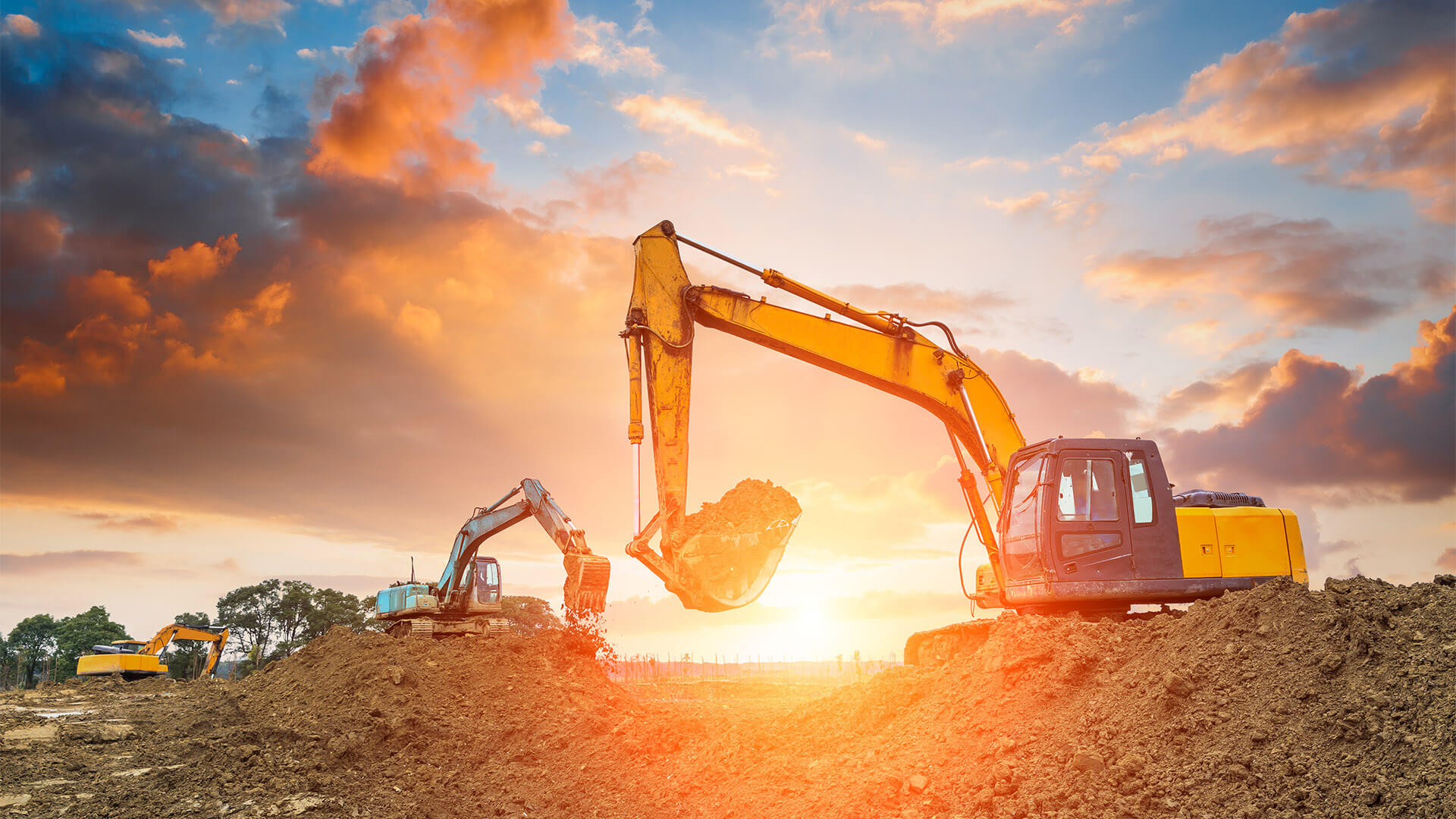Renting Out Vs. Acquiring Construction Equipment: Making the Right Selection for Your Job
When embarking on a building and construction project, one of the vital choices that forecast stakeholders and supervisors encounter is whether to acquire or lease construction tools. The decision pivots on various aspects such as expense factors to consider, project period, equipment upkeep, adaptability, risk, and scalability monitoring.
Cost Considerations
When reviewing the financial aspect of leasing versus purchasing construction devices, the ahead of time expenses and long-lasting expenditures must be thoroughly thought about. Leasing tools usually requires reduced first payments contrasted to buying, making it an attractive choice for temporary tasks or contractors with budget plan restrictions. Leasing gets rid of the demand for large resources investments and lowers the financial danger related to equipment ownership, such as upkeep and depreciation costs. However, over time, continuously renting out tools can collect higher expenses than buying, specifically for prolonged tasks.
On the various other hand, acquiring building equipment involves greater ahead of time expenses yet can result in long-term financial savings, especially for long-lasting jobs or constant individuals. Ultimately, the decision between renting out and getting construction tools hinges on the task's duration, regularity of usage, budget factors to consider, and long-lasting monetary objectives.
Task Period

Conversely, for long-lasting tasks or ongoing building work, buying equipment could be the more economical option. Acquiring tools can cause cost savings in the future, particularly if the tools will certainly be regularly utilized. Furthermore, owning equipment supplies a sense of control over its availability and permits customization to fit details task demands.

Equipment Upkeep
Provided the essential function project period plays in determining the most affordable method in between buying and leasing building and construction devices, the emphasis now shifts towards analyzing the crucial facet of devices maintenance. On the other hand, possessing equipment calls for a proactive approach to maintenance to protect against failures, make sure security, and extend the devices's life-span. Inevitably, a well-kept construction devices fleet, whether rented out or had, is necessary for the effective and reliable conclusion of construction jobs.
Versatility and Scalability
In the world of building tools administration, the element of adaptability and scalability holds substantial relevance for task efficiency and resource use. Deciding to rent construction tools provides a high level of versatility as it enables for the fast modification of tools kinds and quantities based on the developing demands of a task. Leasing allows specialists to access a vast array of heavy equipment rental specific tools that might be needed for specific jobs without the long-lasting dedication of possession. This versatility is particularly helpful for projects with differing needs or uncertain durations (rental company near me).
Leasing construction tools supplies the advantage of easily scaling operations up or down as project demands change. Professionals can promptly include or exchange tools to match the project's transforming demands without the constraints of possessing possessions that might come to be underutilized or outdated.
Risk Administration
Effective risk monitoring in building and construction equipment procedures is vital to guaranteeing task success and mitigating prospective financial losses. Building and construction projects naturally entail numerous risks, such as devices break downs, mishaps, and project delays, which can considerably affect the job timeline and budget. By meticulously taking into consideration the threats connected with owning or leasing construction devices, job managers can make educated decisions to reduce these potential hazards.
Renting building and construction tools can provide a degree of risk mitigation by transferring the obligation of repair and maintenance to the rental firm. This can reduce the monetary worry on the job proprietor in case of unforeseen tools failures (mini excavator rental). In addition, renting supplies the flexibility to accessibility specialized equipment for particular job stages, lowering the risk of having underutilized equipment
On the various other hand, possessing construction tools gives a sense of control over its use and upkeep. However, this also means bearing the full obligation for fixings, upkeep costs, and depreciation, enhancing the financial dangers connected with tools possession. Careful threat evaluation and factor to consider of aspects such as project duration, devices usage, and upkeep requirements are critical in establishing the most ideal option for reliable risk monitoring in building tasks.
Conclusion
To conclude, when deciding in between acquiring and leasing building tools, it is very important to consider expense, project period, devices upkeep, scalability, flexibility, and risk administration. Each element plays an important duty in establishing the most suitable choice for the task at hand. By thoroughly reviewing these elements, task managers can make an enlightened choice that straightens with their spending plan, timeline, and overall job objectives.
:max_bytes(150000):strip_icc()/Balance_Must_Have_Earth_Moving_Construction_Heavy_Equipment_844586-c5b6ac9e5c074c11ad41e9acaea8f099.png)